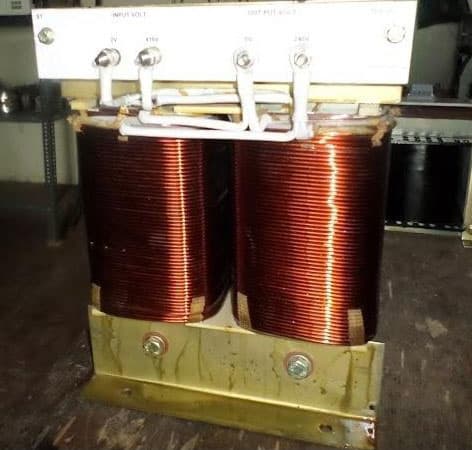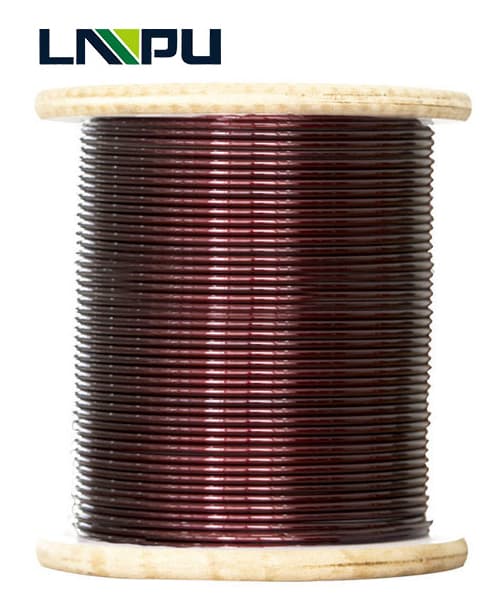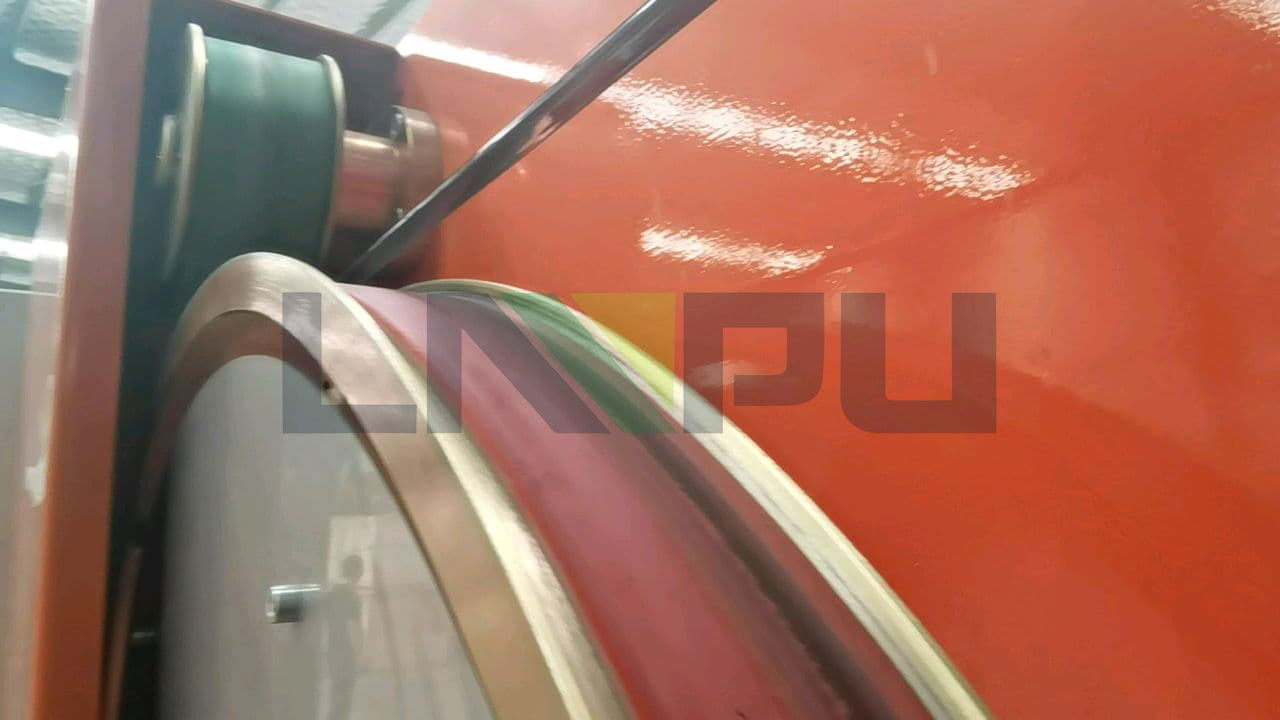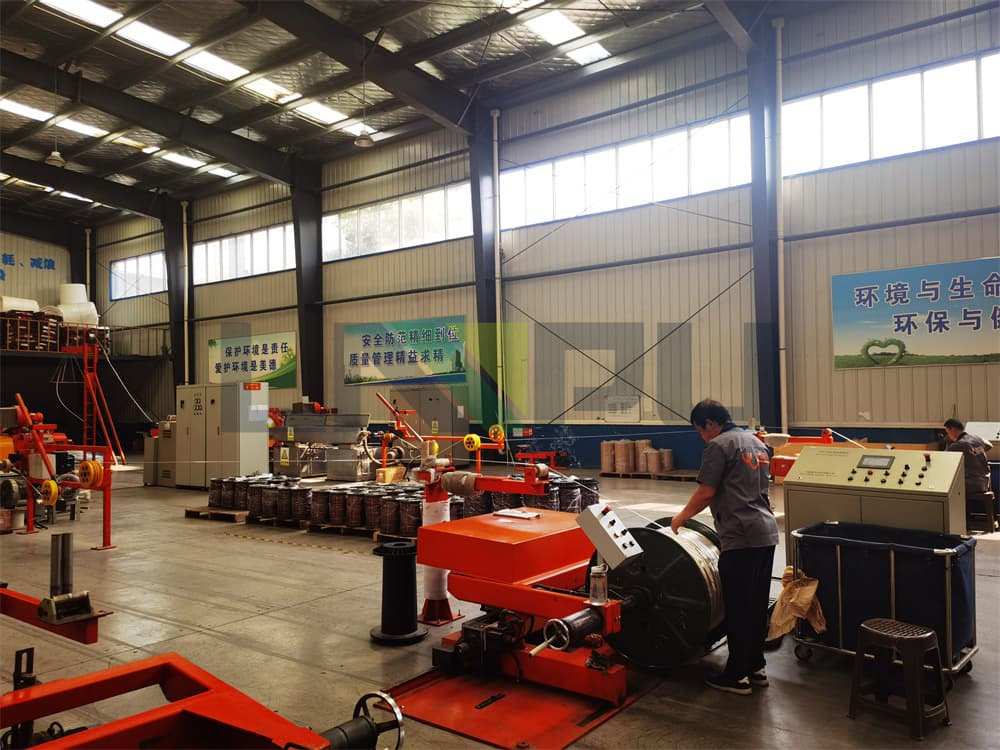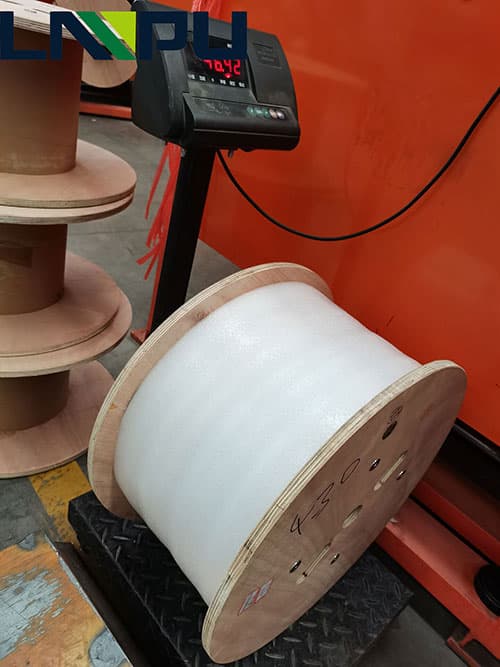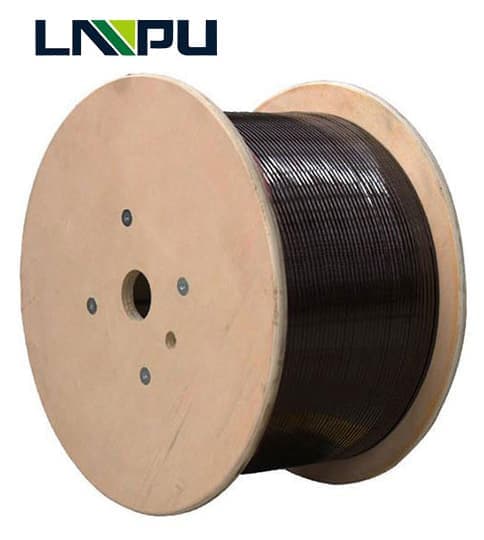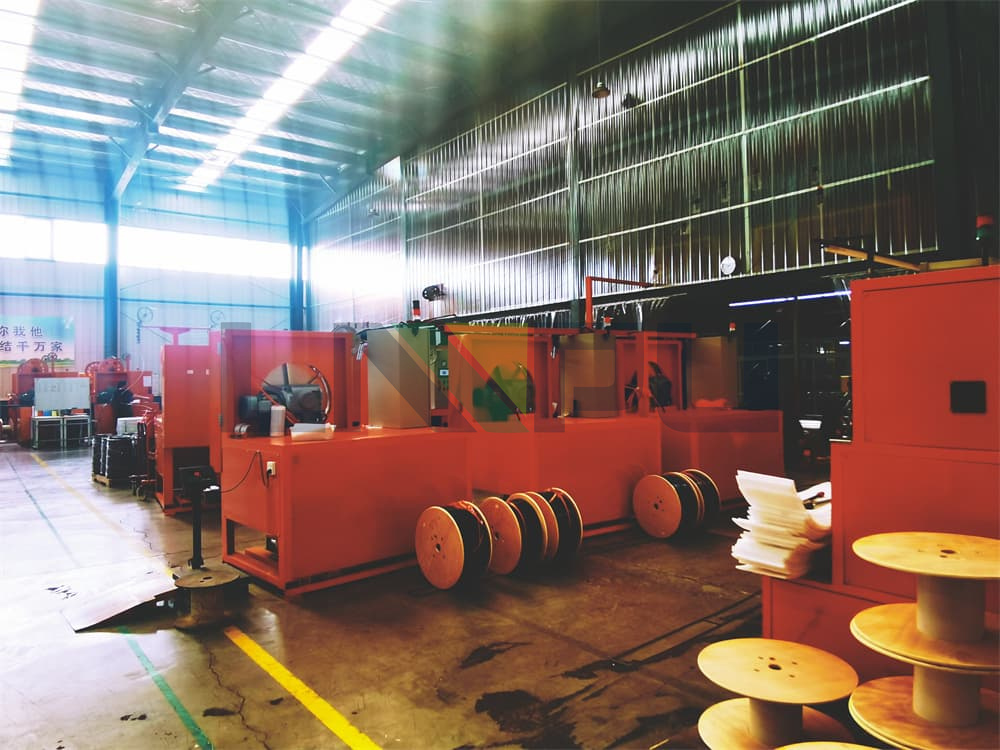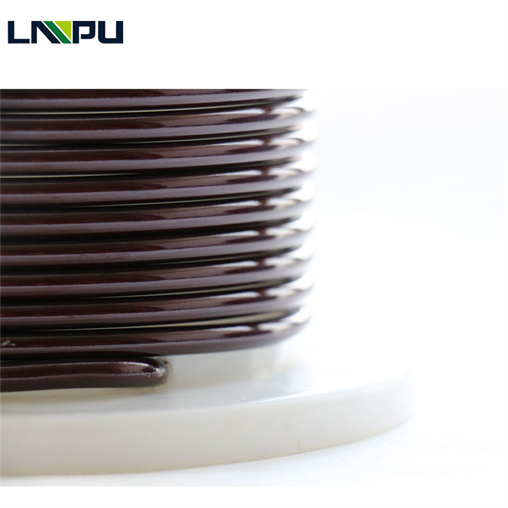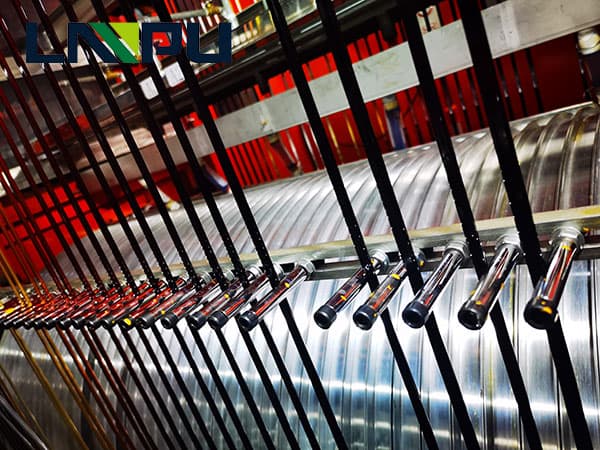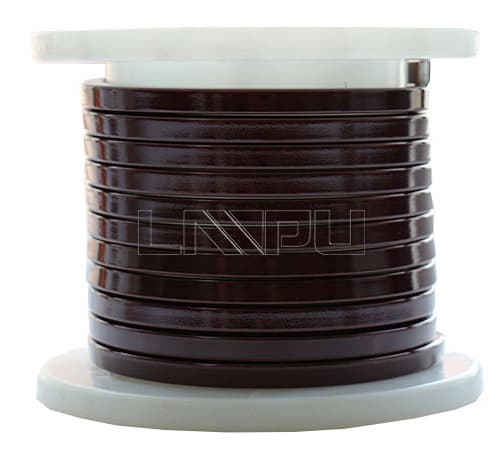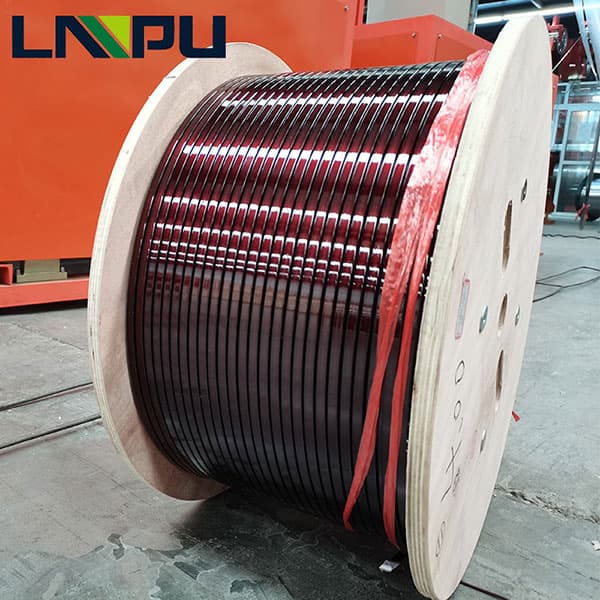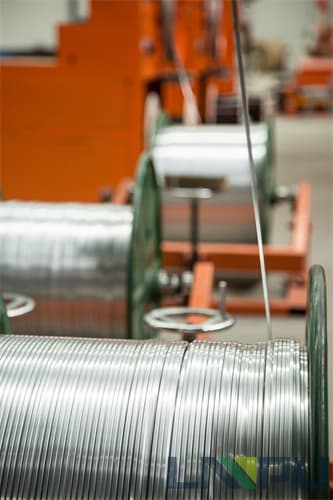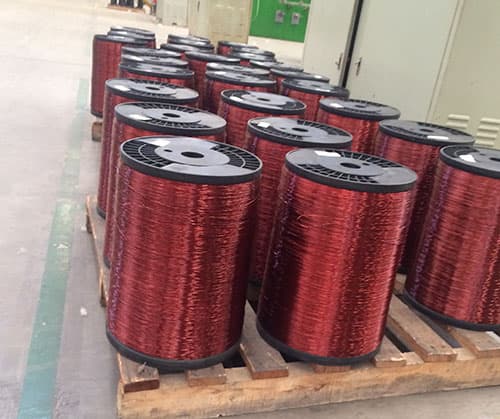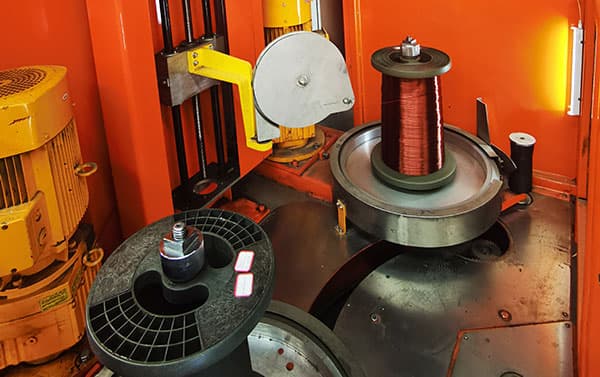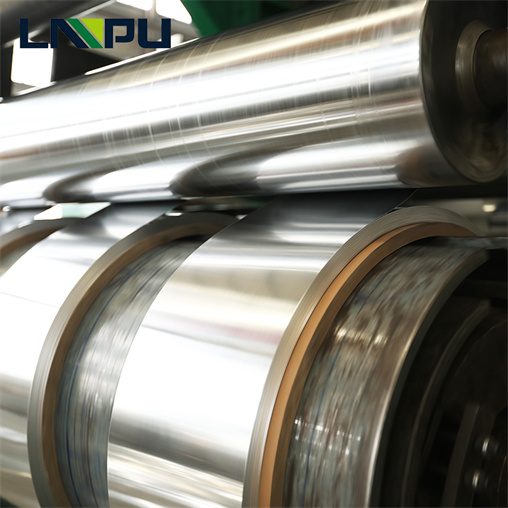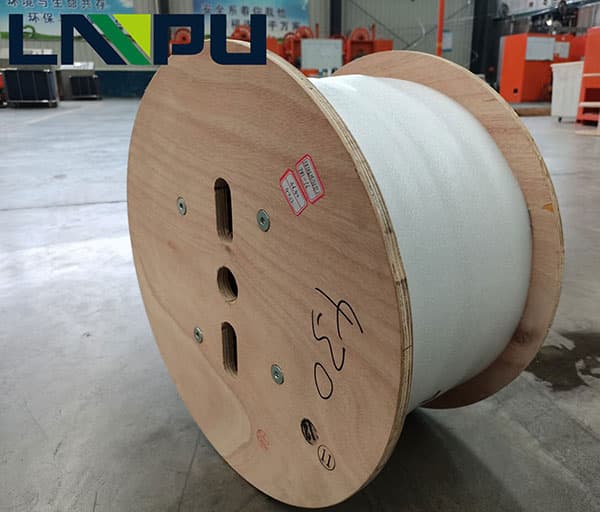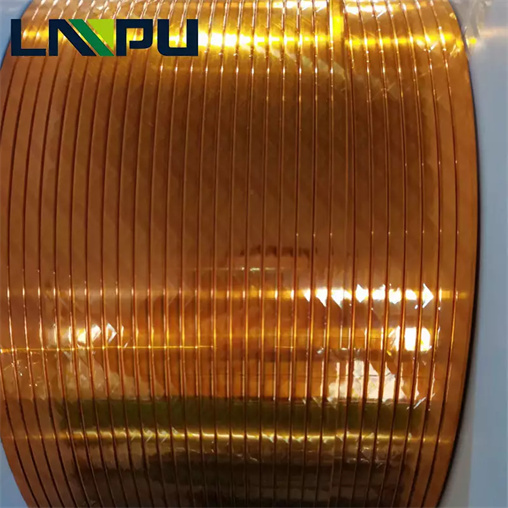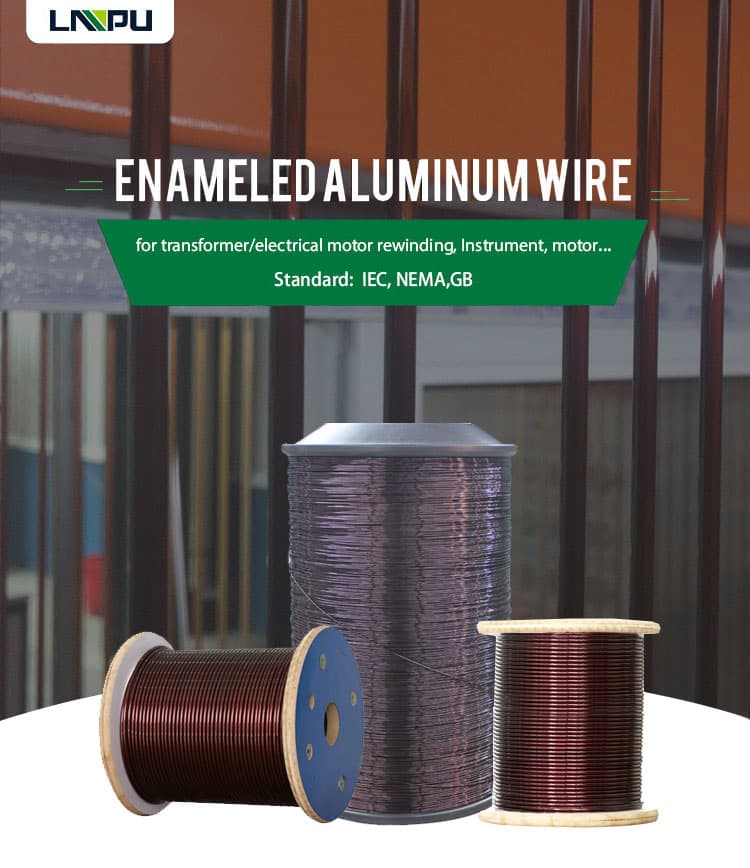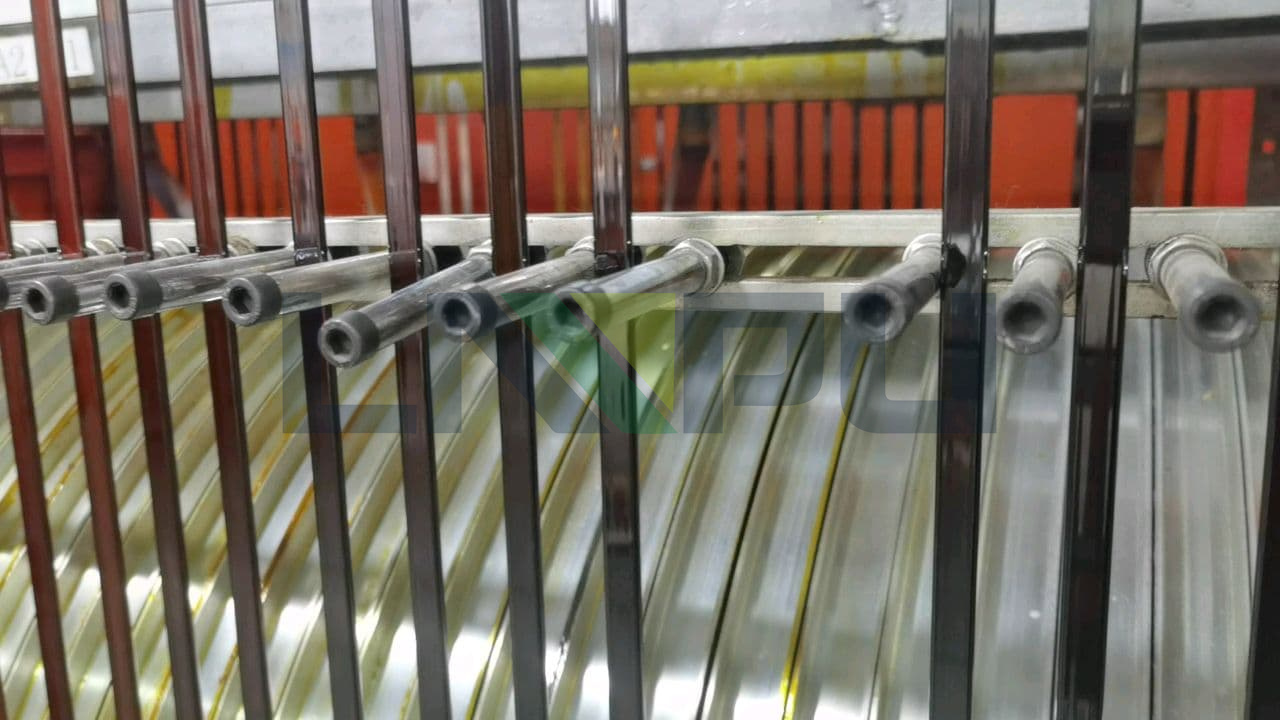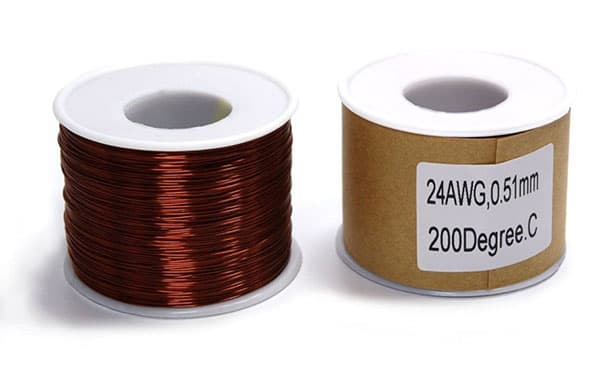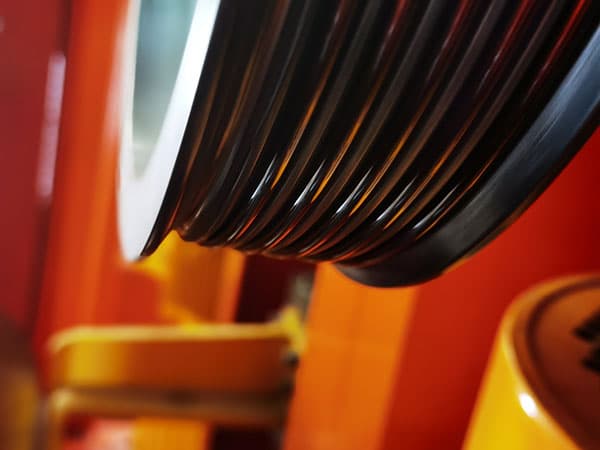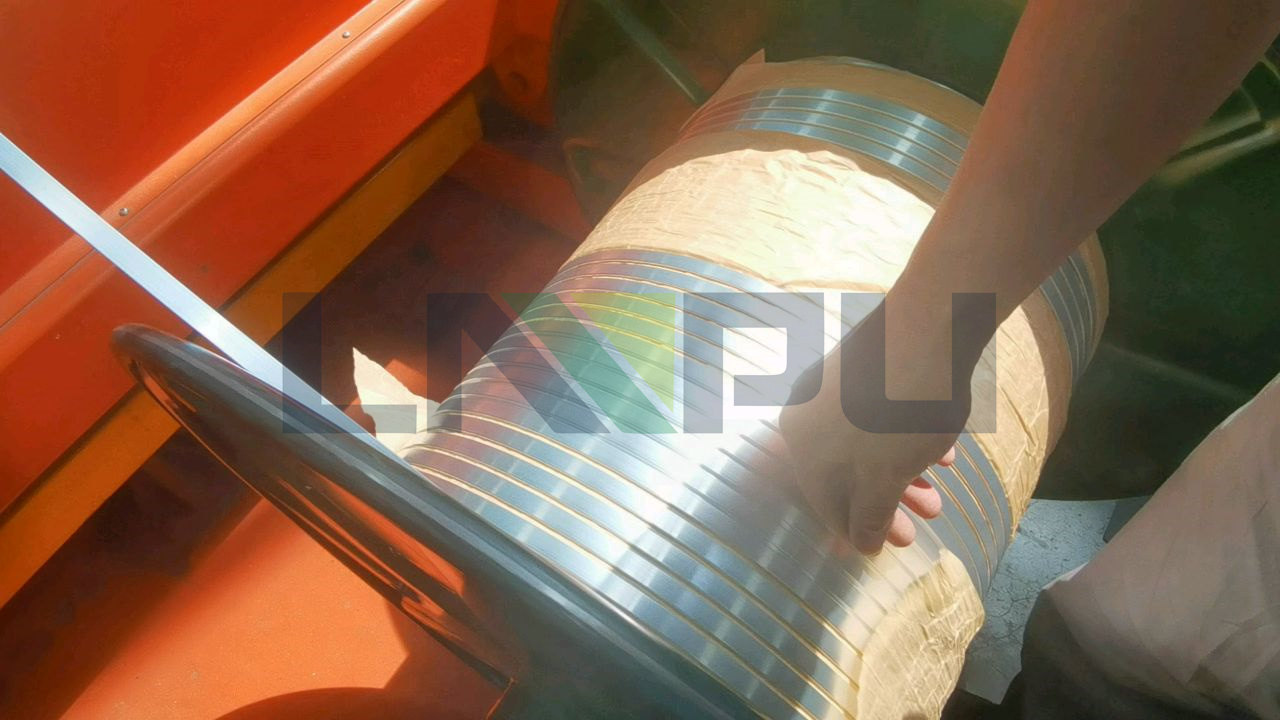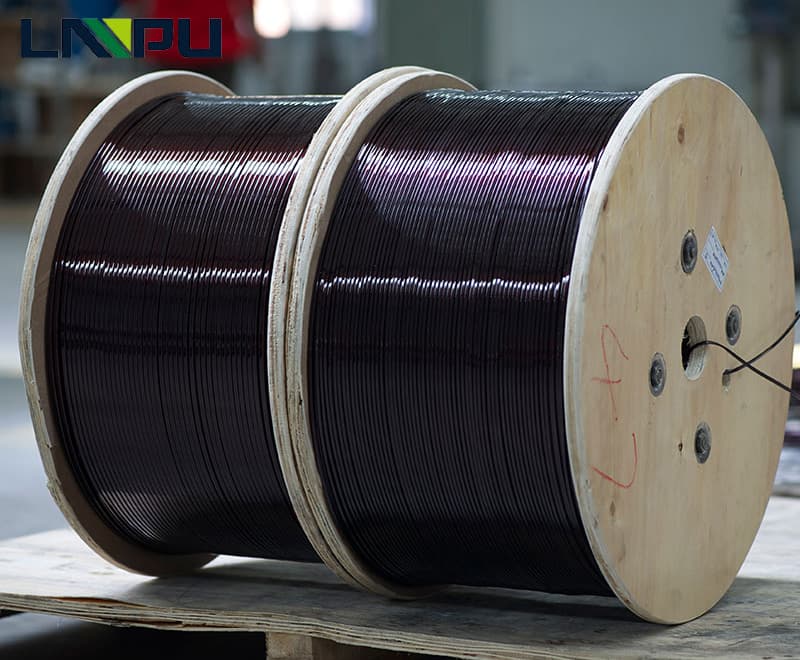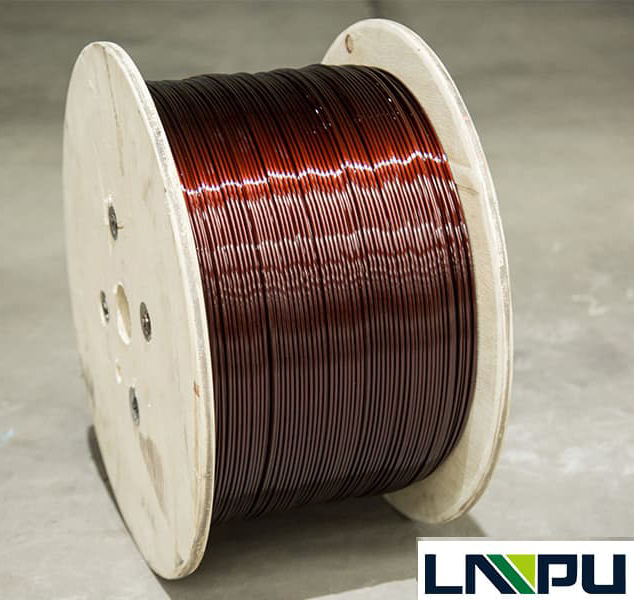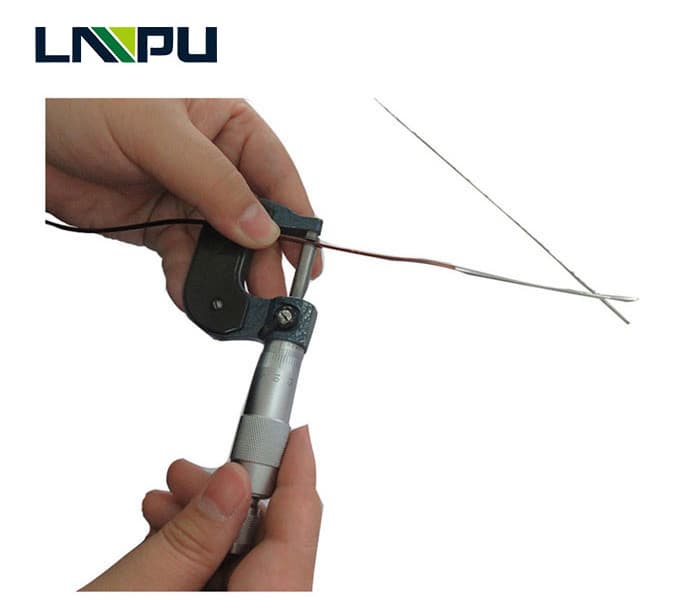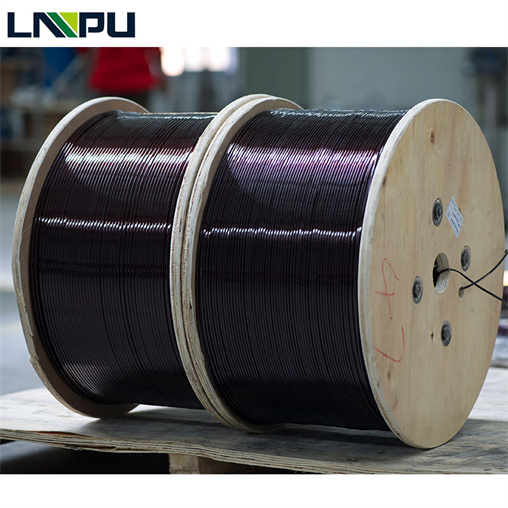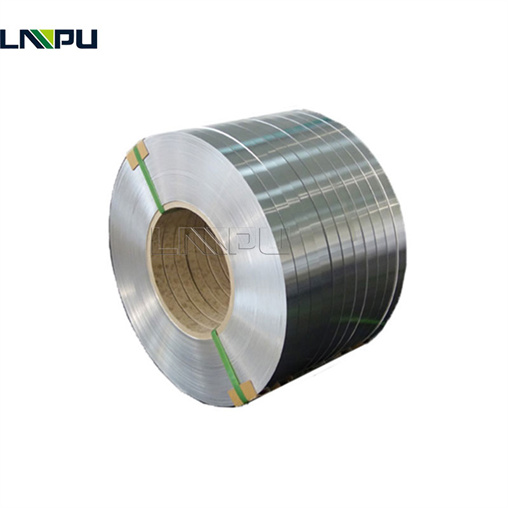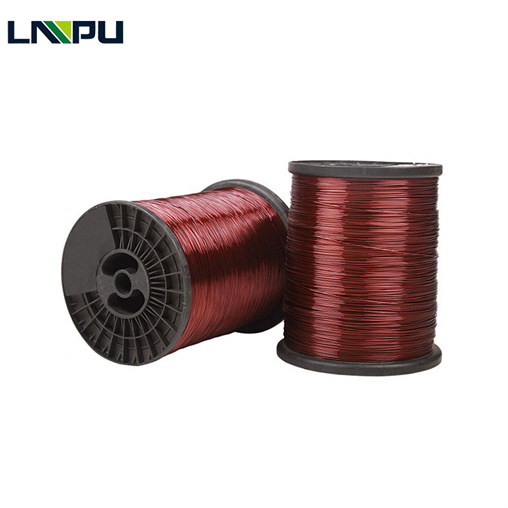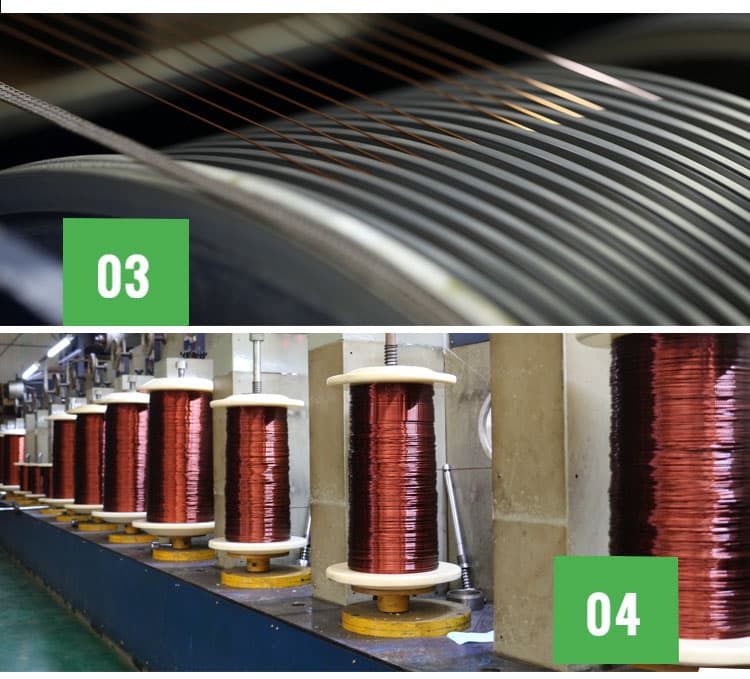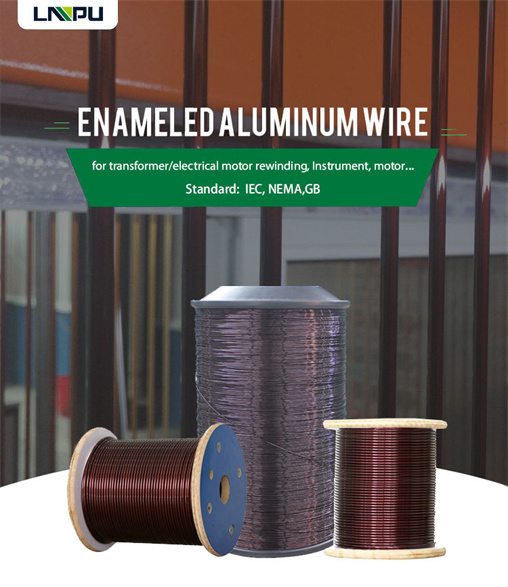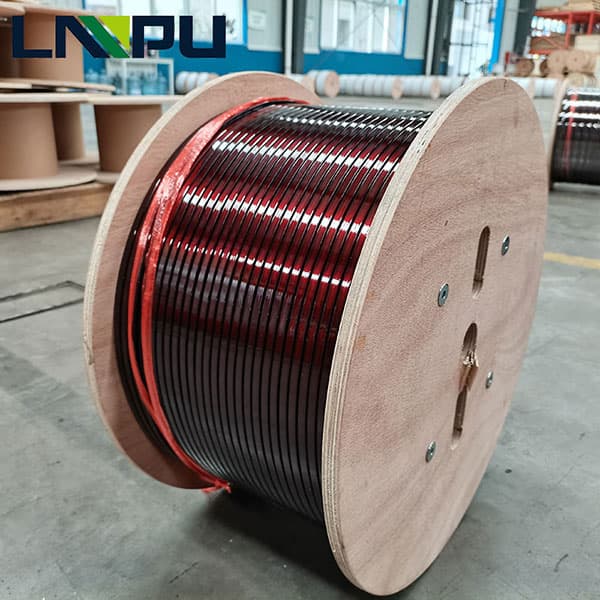Features and Applications of Transformers Aluminum coils
Transformers wound with aluminum or copper coils have similar losses and performance. Losses in the transformer¡¯s coil are a function of the current carrying capacity of the wire or foil used to wind them and the actual current. Therefore, a larger wire is used when winding aluminum coils to make up for the lower current carrying capacity and efficiency of aluminum.
Features :
? Aluminum wound coils are larger than an equivalent copper coil. Some applications requiring very tight dimensions require copper coils. Aluminum wire requires approximately 1.6 times as much cross section as copper to carry an equivalent amount of current.
? Aluminum¡¯s perceived problem dates to the 1960¡¯s when connection problems caused several fires. There were never any problems with the actual aluminum wire. Modern, secure methods for connecting aluminum wire have been developed and are widely used. Connections must pierce the aluminum oxide layer in such a way that they remain gas tight to prevent further oxidation.
? Aluminum is susceptible to more rapid attacks by halide ions, of which chloride (CL -) is the most frequently encountered.
? Certain high efficiency applications can also be more economically achieved using copper units, especially with high harmonics where larger wire sizes can cause more losses and skin effect.
? Aluminum transformers tend to be less costly than copper transformers. A pound of aluminum has about twice the current carrying capacity of copper but costs ? to ? as much.
Application of Aluminum winding wire :
This product is suitable to lifting electrowindings, reactors and other low-voltages and high current electrowindingic windings.
1. Usage: This product is suitable for all kinds of motors, electrical appliances, electrical products, and the conductor of electrowindingic wire.
2. Main technical property: This product have very good electrical conductivity and mechanical strength.

